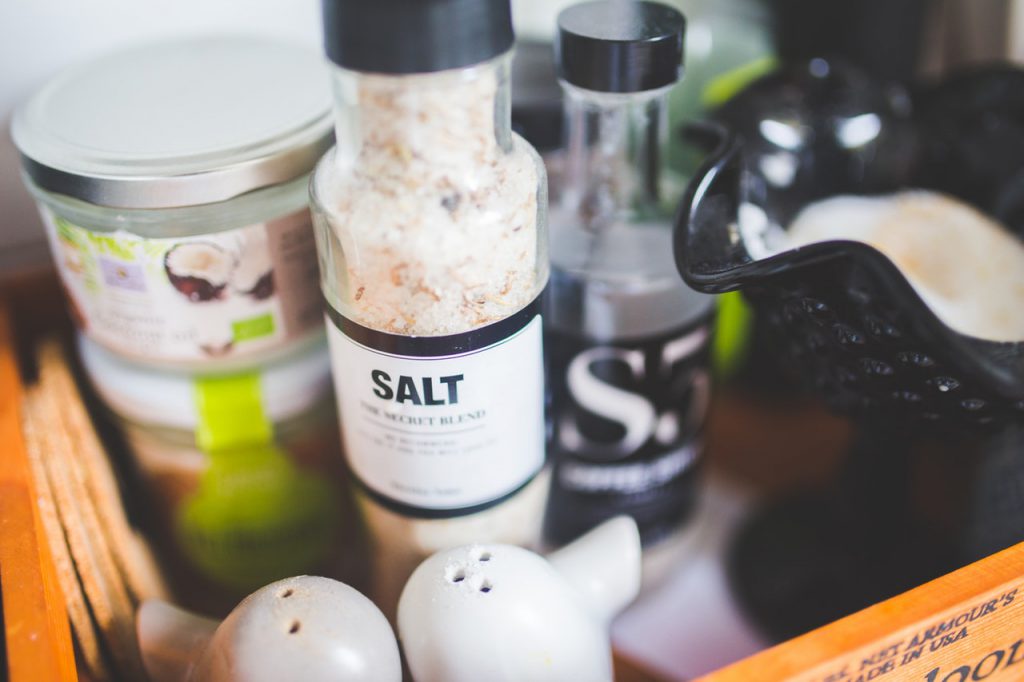The human body needs a small amount of sodium to function, although some of us may be getting too much each day. Sodium can hide in certain foods and salty taste is not always the best indicator of how much salt we are consuming. Lowering your sodium intake in conjunction with eating foods rich in potassium may benefit your health.
Sodium Recommendations
For most people (children 14 years and older and adults) it is recommended to keep sodium intake to less than 2,300 mg per day and less for those with hypertension or other health complications. Just 1 teaspoon of salt contains 2,300 mg, which is why it is important to keep an eye on your sodium intake throughout the day since it can add up quickly.
Hidden Sources of Sodium
Processed and prepackaged foods often contain high amounts of sodium. High sodium foods include preserved or pickled vegetables, bread and rolls, pizza, sandwiches, salty snack foods such as chips, pretzels, and crackers, as well as soy sauce, cold cuts, and cured meats.
How to Lower Your Daily Sodium Intake
To lower your daily sodium intake, take a look at the nutrition facts label. This is a fantastic tool to help you make informed decisions. Don’t forget to check the serving size and multiply the sodium listed on the label based on how many servings you ate.
Eating potassium-rich foods can help control blood pressure by helping counteract the negative affects of sodium. The daily value, or recommendation for potassium each day is 4,700 mg. Take a look at the nutrition facts label to find out how much potassium is in the foods you are eating. Potassium rich foods include tomatoes, seafood, beans, dairy products, fruits such as apricots, bananas, and prunes, plus vegetables such as beet greens, spinach, sweet potatoes, and potatoes.
Reducing your sodium intake can be a breeze! Increase your fruit and vegetable intake, buy fresh foods rather than processed or packaged, choose foods based on the nutrition facts label, and control how much salt you add to your homecooked meals.

